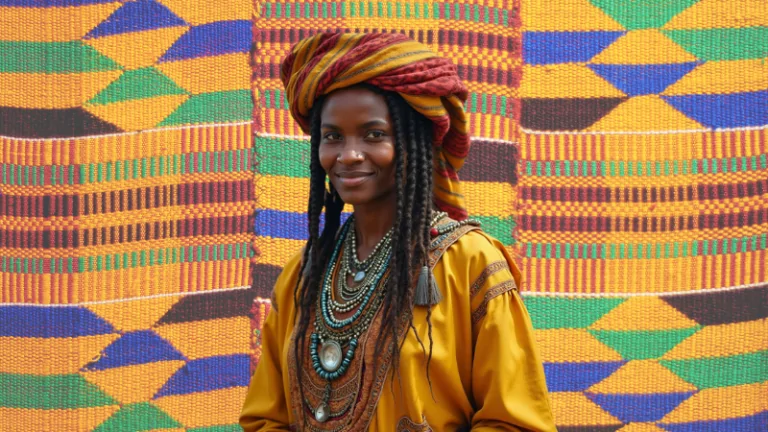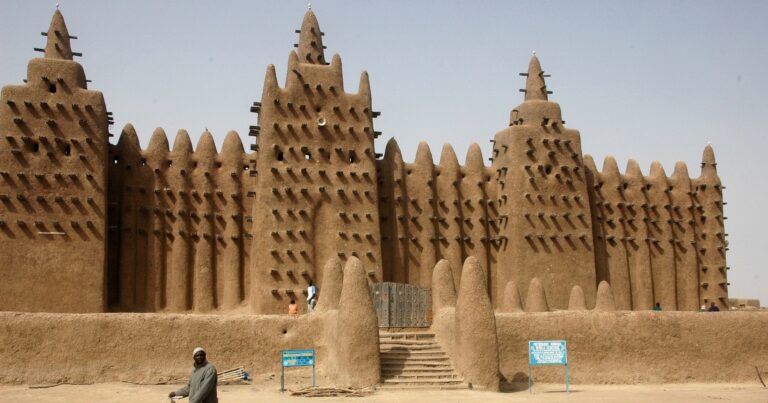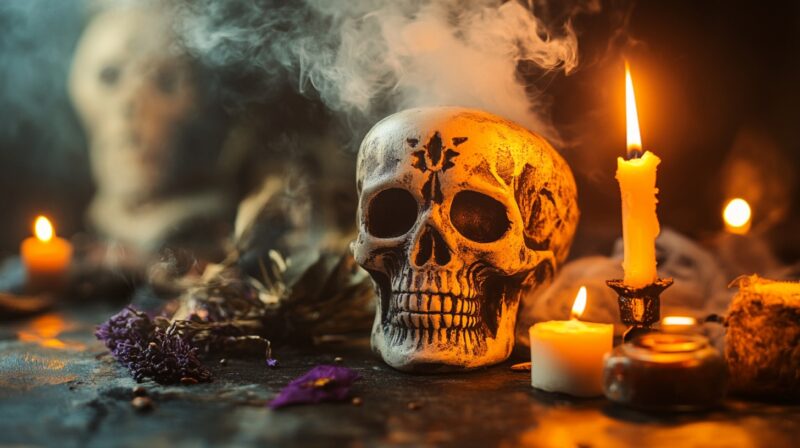
Hoodoo and Voodoo are two spiritual practices often misunderstood and used interchangeably, despite being distinct in nature and origin.
Both practices have roots in African traditions, but their development and practices diverged significantly over time.
While Voodoo is recognized as an organized religion with established rituals and a priesthood, Hoodoo is a system of folk magic used for personal empowerment.
It is important to differentiate between the two to avoid the misrepresentation of these unique and culturally significant practices.
Let us talk about them in greater detail.
Where Do They Come From?
Voodoo traces its origins to the spiritual practices of the Fon and Ewe people of West Africa.
These practices were deeply rooted in animism and the belief in a supreme creator, along with a complex hierarchy of spirits that governed various aspects of life.
When the Fon and Ewe people were forcibly brought to the Americas as enslaved Africans, their religious customs merged with the beliefs and practices of other cultures, including the indigenous peoples of the Caribbean and the Catholicism of European colonizers.
- The spiritual traditions of West Africa were adapted to survive in the harsh realities of slavery.
- The integration of Catholic saints with African spirits was a way to disguise their true beliefs from oppressive European overseers.
Rituals and symbols from African and Catholic traditions were intertwined, allowing for the preservation of African spiritual practices in a foreign land.
It has evolved as a powerful form of spiritual resistance against the dehumanizing conditions of slavery.
In Haiti, for instance, Vodou became central to the Haitian Revolution, with practitioners using it as a source of unity and strength in their fight for independence from French colonization.
- Haitian Vodou became a symbol of cultural preservation and resistance.
- Louisiana developed similarly in the American South, influenced by French and Spanish colonialism but also by the local indigenous cultures.
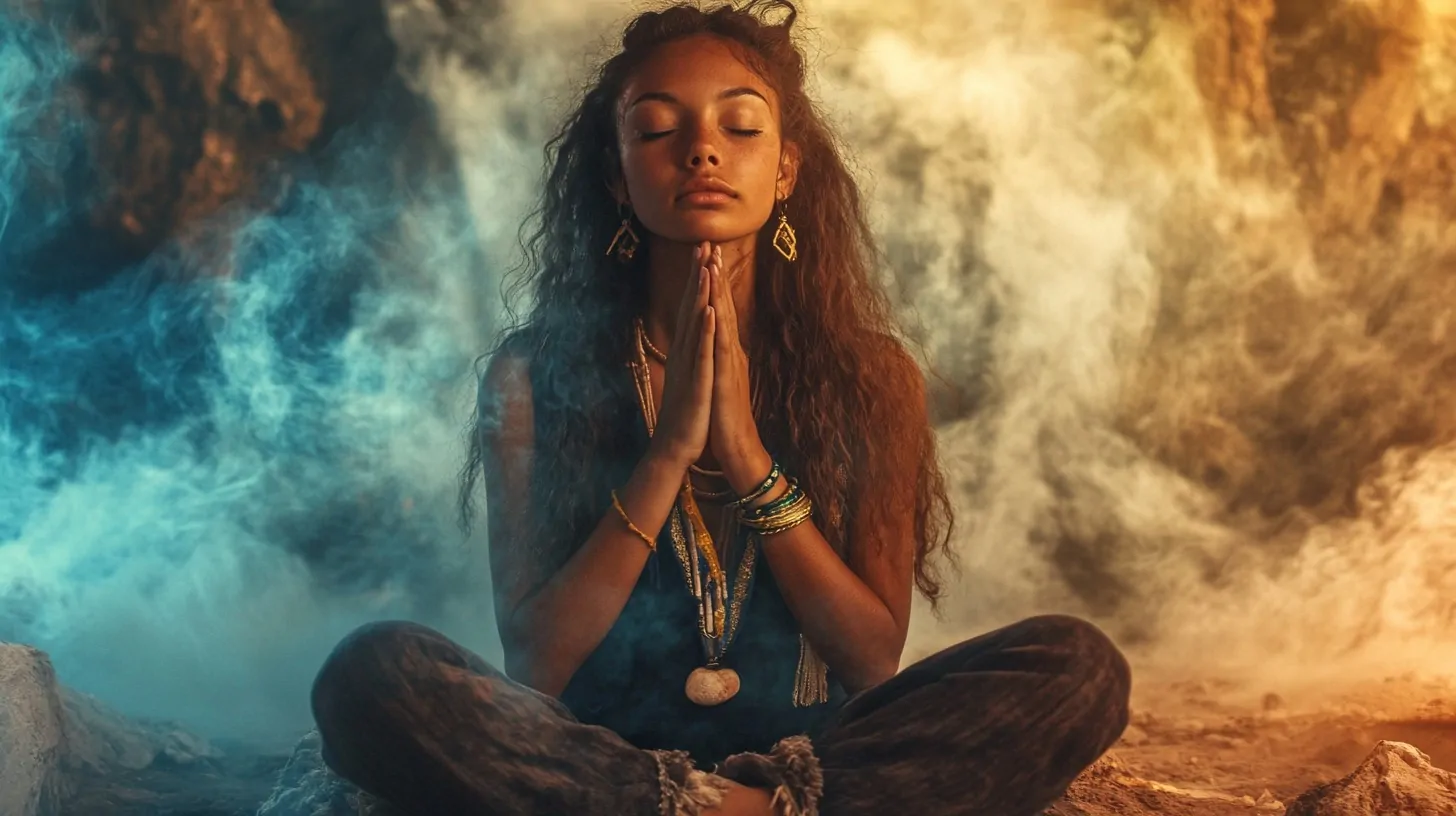
Hoodoo, in contrast, developed within the African American communities of the Southern United States, and while it shares some roots, it is primarily a folk magic tradition rather than a structured religion.
After the transatlantic slave trade brought enslaved Africans to the U.S., their spiritual traditions were further shaped by interactions with Native American herbalism and European folk magic.
- Hoodoo emerged in a context of oppression and exploitation, allowing African Americans to assert some control over their lives.
- Unlike Voodoo, Hoodoo has no organized priesthood or formal religious structure.
- Hoodoo incorporates a wide variety of practices and tools, including the use of roots, herbs, oils, and candles.
While it lacks the organized rituals and communal worship seen earlier, Hoodoo became a vital tool for African Americans seeking protection, healing, and prosperity in a hostile environment.
It was often practiced in secret, with rootworkers (practitioners of Hoodoo) offering their services to those in need, performing spells to secure love, ward off enemies, or heal the sick.
Over time, Hoodoo became deeply intertwined with African American culture and identity, reflecting the community’s resilience and resourcefulness in the face of systemic oppression.
- Hoodoo provided African Americans with a means of resistance and survival.
- It drew on a rich blend of African, Native American, and European magical traditions.
- The practice remains focused on achieving tangible, everyday outcomes, like health, love, and protection.
Hoodoo is a practice that sparked a lot of interesting among artists. Therefore, it has been explored in numerous novels, like “Hoodoo” written by Ronald L. Smith.
“You got to face your evil, Hoodoo,” Zeke said. “If people don’t face the danger that’s seeking them, evil will find them first.” – Ronald L. Smith, Hoodoo
Spiritual Beliefs and Key Figures

Now let us talk about spiritual beliefs and key figures in both faiths.
Voodoo
The supreme creator, Bondye, is considered distant and not directly involved in the everyday affairs of humans.
Instead, practitioners communicate with the Loa, powerful spirits that govern different aspects of life, such as:
- Fertility
- Love
- Justice
- Health
The Loa serve as intermediaries between Bondye and the human world, and practitioners seek their guidance and intervention through rituals.
- The Loa are divided into different groups, with the Rada and Petro spirits being the most well-known.
- Rada spirits are generally viewed as benevolent, and associated with peace, harmony, and fertility.
- Petro spirits are often more aggressive and fiery, linked to protection, vengeance, and dealing with conflicts.
These ceremonies are essential to the practice, as they allow practitioners to honor and invoke the Loa. Through music, dance, and offerings, practitioners create a spiritual environment for the Loa to appear and provide guidance, healing, or intervention in personal and communal matters.
Hoodoo
Hoodoo’s spiritual beliefs focus on personal empowerment and the ability to manipulate spiritual forces to achieve practical outcomes.
Hoodoo practitioners often call upon ancestral spirits, biblical figures, and saints for assistance in their magical workings.
- Ancestral spirits and saints are frequently invoked for protection, healing, or guidance.
- Saints are petitioned for specific purposes, much like in Catholic tradition.
Hoodoo rituals often include talismans, such as mojo bags, which are filled with herbs, roots, and personal items to attract certain energies or outcomes.
We can see that it is a structured belief system involving the worship of spirits, Hoodoo is more focused on pragmatic results, whether they be for love, luck, health, or protection.
Key Rituals and Practices
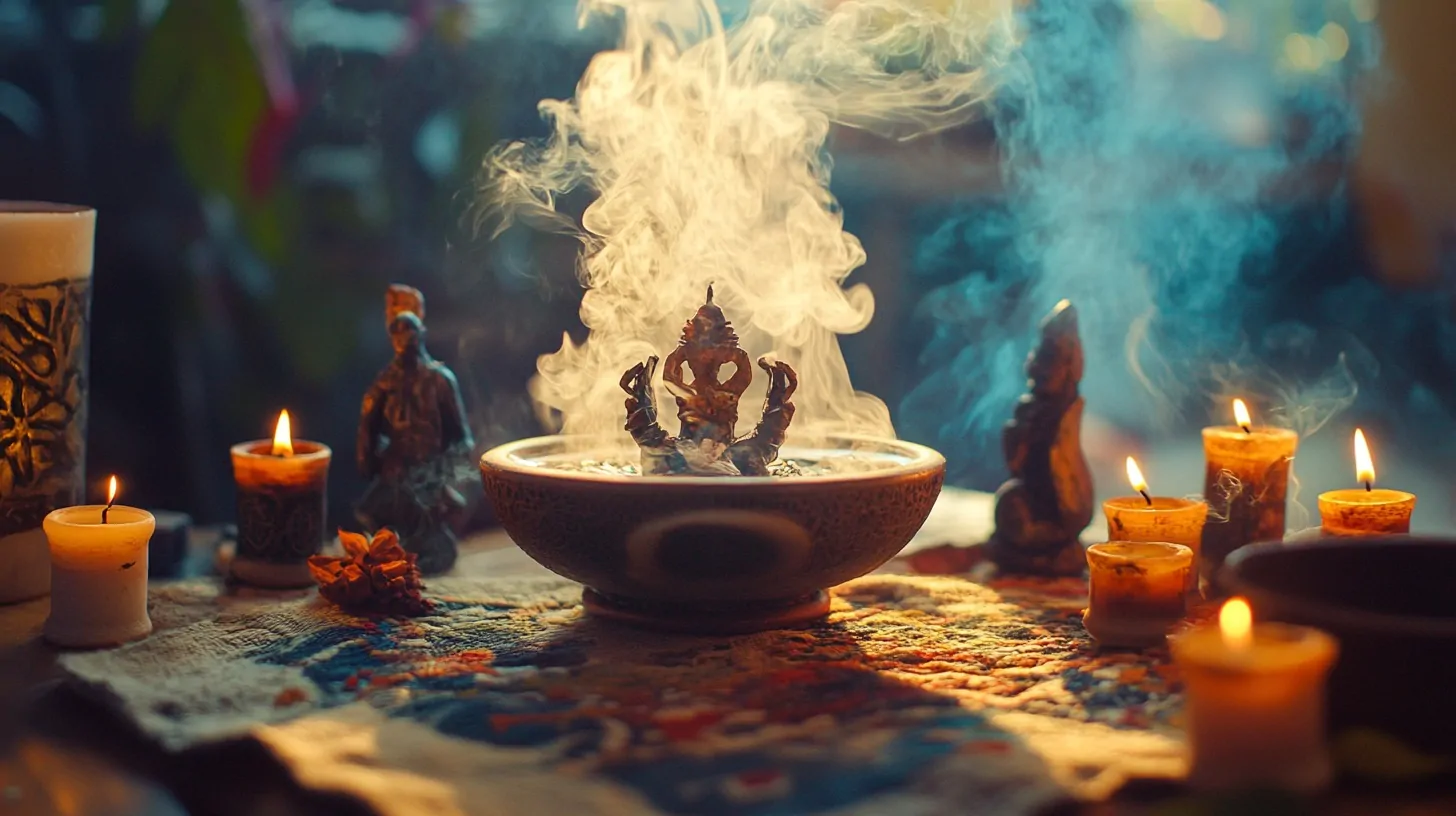
Finally, let’s address rituals and practices in both concepts.
| Voodoo | Hoodoo |
|---|---|
| Highly structured, with large community gatherings | Focused on individual rituals and practical spellwork |
| Music, dance, drumming, and chanting are central elements | Uses herbs, roots, candles, oils, and personal items for rituals |
| Rituals honor the Loa and seek blessings or guidance | Items are selected based on symbolic and spiritual significance |
| Offerings include food, drinks, and candles to show respect to the Loa | Rootworkers create personalized “fixes” or spells for specific needs |
| Participants may be possessed by the Loa during ceremonies | Emphasis on achieving practical outcomes, such as healing, protection, or love |
| Ceremonies serve both spiritual and communal functions | Rituals are private, often performed in secret or small settings |
Voodoo
Participants may offer items such as food, drinks, and candles as acts of devotion and respect, hoping to gain favor or guidance from the spirits. One of the most significant aspects of ceremonies is spirit possession, where a practitioner may be chosen by the Loa to act as a vessel.
It allows the Loa to communicate directly with the community, providing blessings, advice, or healing. Rituals serve both individual and collective purposes, reinforcing the bonds between the spiritual world and the community.
Hoodoo
Each material is chosen for its symbolic properties. For example, certain herbs might be used to attract love, ward off evil, or heal sickness. Hoodoo practitioners tailor their rituals to the individual’s needs, creating what is known as “fixes” or spells designed to address a particular issue.
These rituals are often performed in private, reflecting the individualistic nature of Hoodoo. Rather than seeking to commune with spirits, Hoodoo focuses on manipulating spiritual forces to bring about concrete, practical changes in a person’s life.
The Bottom Line
Voodoo and Hoodoo, while often confused, are distinct practices with different origins, beliefs, and structures.
As we can see, Voodoo is an organized religion with rituals centered around the worship of spirits, while Hoodoo is a system of folk magic focused on personal empowerment.
Both have played significant roles in the cultural and spiritual lives of their practitioners and understanding their unique qualities helps in appreciating the richness of each tradition.
Related Posts:









